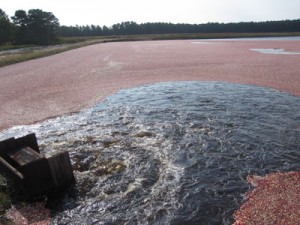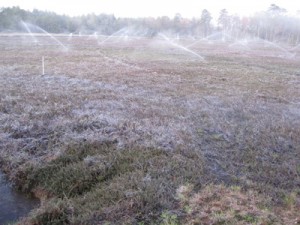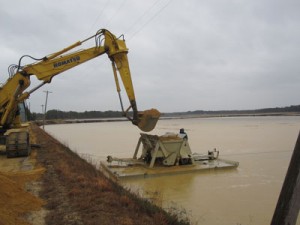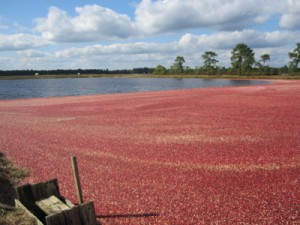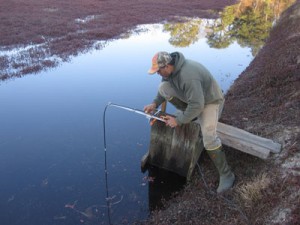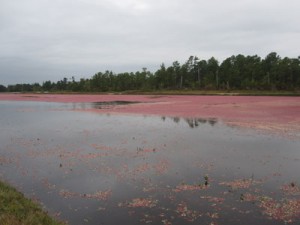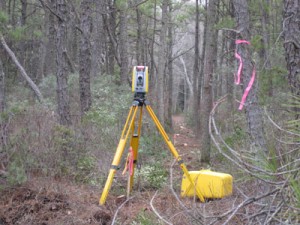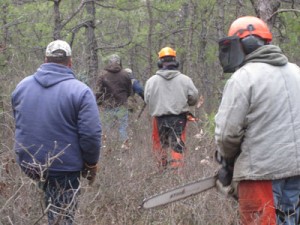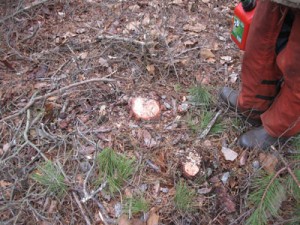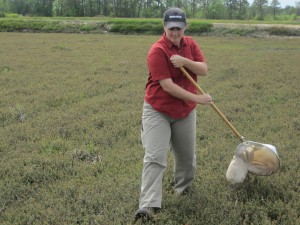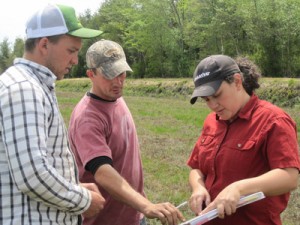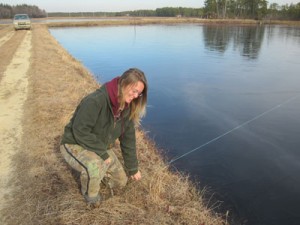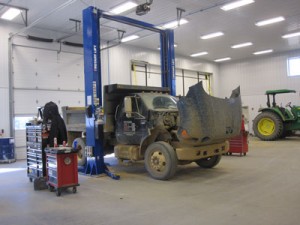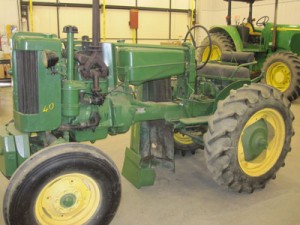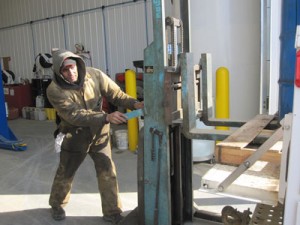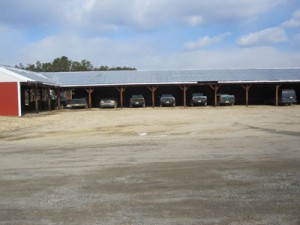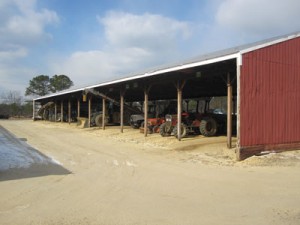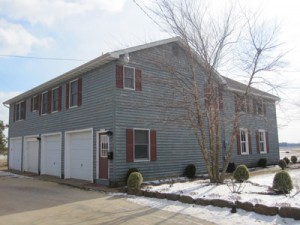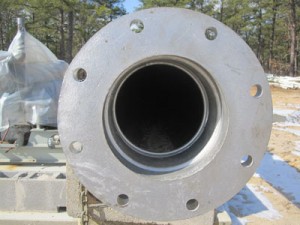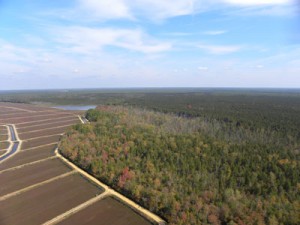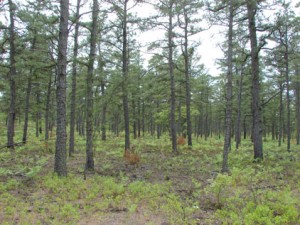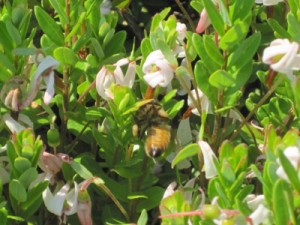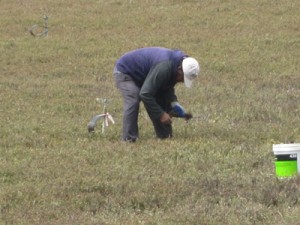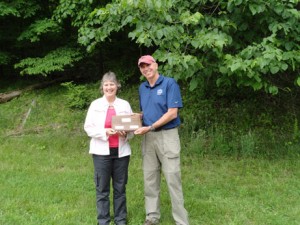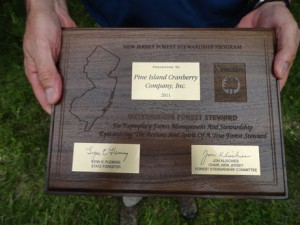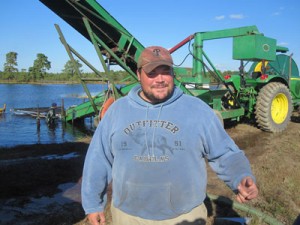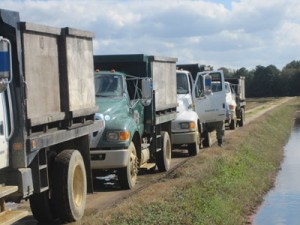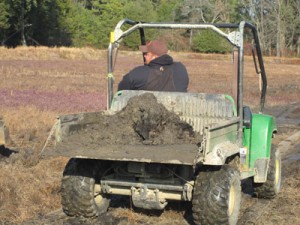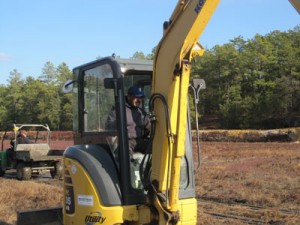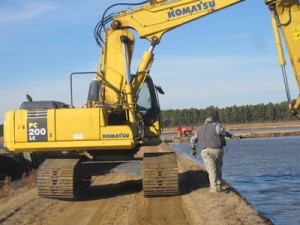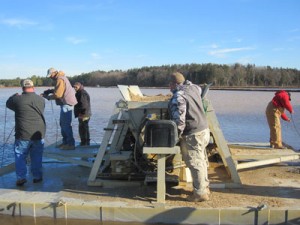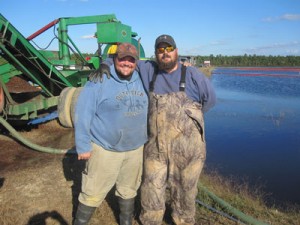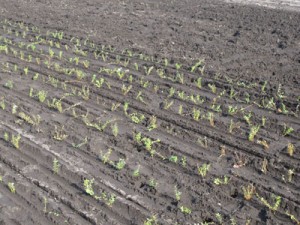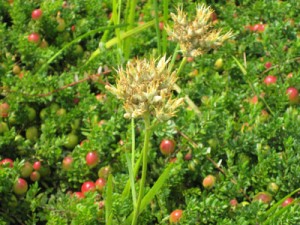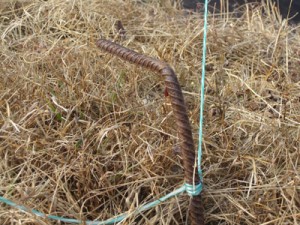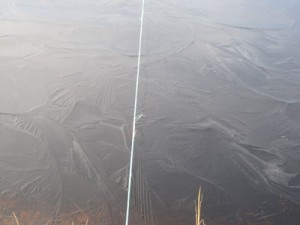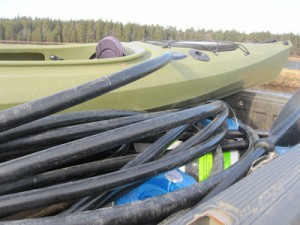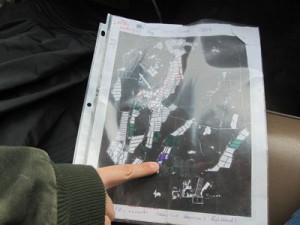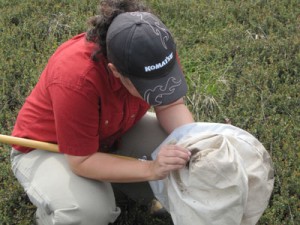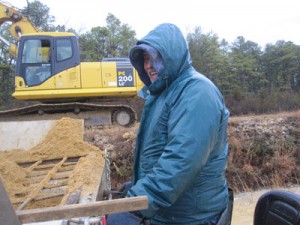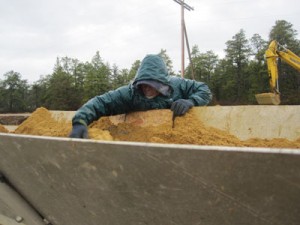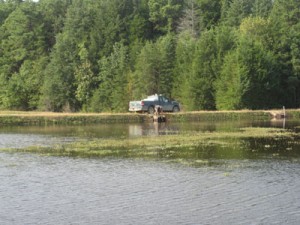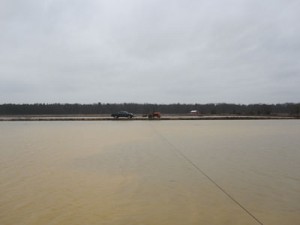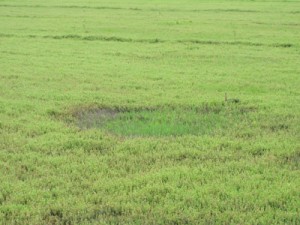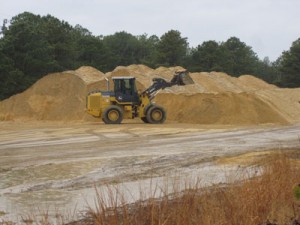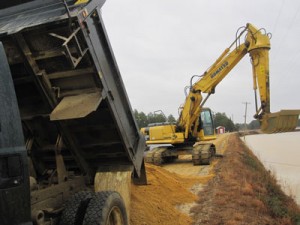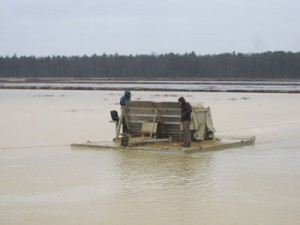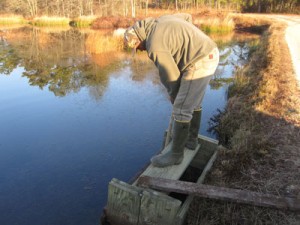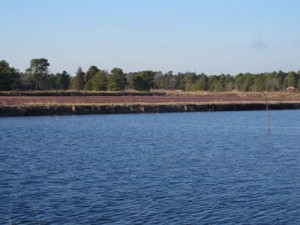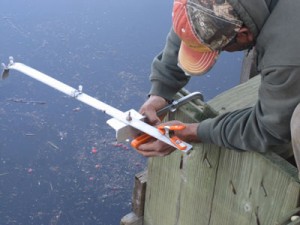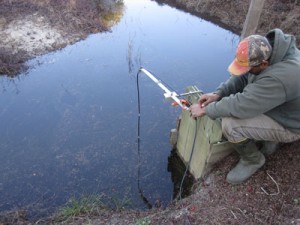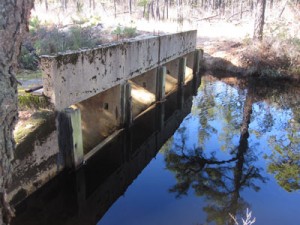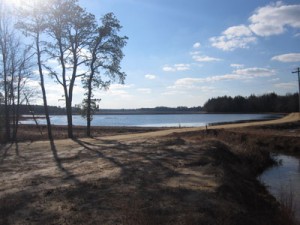Pine Island Cranberry’s new team members truly have a drive to learn, and have been asking a lot of questions as we head into the planting season. Bill’s son Michael Haines, who works at Integrity Propagation, was asking many of the same questions, so Bill and Integrity Propagation’s Abbott Lee, together with Pine Island’s general manager Fred Torres and PIICM manager Cristina Tassone, began a short series of “cranberry culture” seminars, designed to give in-depth information about exactly how we do things, and even more importantly, why we do them.
Michael Haines has been working full-time for Integrity Propagation since November 2011. “I never worked on the farm full-time,” Michael says. “I just came in during the summers and then for the harvest. I had a lot of questions for Abbott, and when Cristina came to him with some questions that Kylie and Matt had, he and Dad came up with the idea of seminars for people new to the industry.”
Bill and Abbott started with the history of the business. Cranberries are a relatively minor crop, so there’s not as much published information on their cultivation as, say, apples. In order to grow cranberries successfully, growers need to rely on their ability to care, observe, and think. Attention to detail is extremely important; cranberries are not as forgiving as other crops for things like frost.
The actual discussion of the process began with the winter months and an overview of vine dormancy, the winter flood, and sanding. Flooding, which serves as protection against the cold and wind, also prolongs dormancy and allows the vines to accrue the necessary number of chilling hours, which allow for proper flowering and fruiting the following spring. If the vines do not get enough chill hours, the leaves and fruit may not form properly. Flooding also controls certain pests in the fall.
Sanding is used to cover old, woodier growth, thus precipitating more uprights. This in turn promotes more buds, leading to a larger yield. Michael says he was especially interested learning about this process. “The history of it was really cool,” he says. “Granddad [Bill, Sr.] started experimenting with the process, and then when Abbott started barge-sanding, he adopted it as well and began tweaking the configuration.” There was a lot of trial-and-error in both figuring the best way to construct it and the amount of time and sanding to be done, but it speaks to how cranberry growers have learned to observe and adapt in order to do what’s best for their land and their crop. Research is still ongoing, and growers are not afraid to modify the process when needed.
“In general, it’s been great to get the big picture and see not just what we do, but why we’re doing it and why it’s important,” Michael says. “Growers just don’t do things for the sake of doing them, just because that’s the way it’s always been done. There’s a lot of work and research that goes into it.” Cristina agrees: “We work very closely with Abbott; his knowledge has been invaluable for our planting and bog renovation. Working together with other growers helps all of us through the growing season and into harvest and beyond.”

